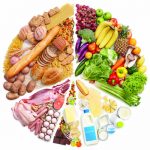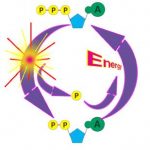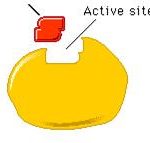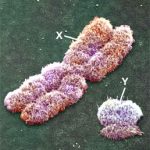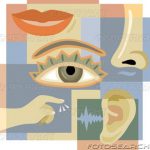Biology is a science that studies living things.
The scientific method is an ordered sequence of investigative steps used by most scientists to explain the phenomena observed in nature.
The Scientific Method involves the following steps:
1. Observation: must be accurate and unbiased.
2. Hypothesis: a testable possible explanation. It is an if then statement. It is a prediction of what the scientist (student) thinks may happen as a result of a factor (variable) being used in the experiment.
3. Experimentation: Activities done to test the hypothesis made. During this process data is collected and interpreted. This data will relate to the hypothesis. It will either accept, reject, or make the experimenter change the hypothesis.
4. Conclusion: hypothesis supported or not supported (rejected).
5. Further Testing: The supported hypothesis is tested many times to be sure it of its validity or a new hypothesis is formed and tested if the original one was rejected.
And so it continues until a hypothesis, subjected to rigorous testing, is found not false . After many tests a theory is formed. Then, after many more tests, the theory becomes a scientific law.
Controlled Experiments – a double test
The Control (sometimes called the constant) is the procedure without the factor (variable) under investigation. This is the part of the experiment that is done without the variable being used. The control and the experimental procedures must be identical in all other aspects. This will show the experimenter how what he/she is testing (variable) has affected the outcome. Results of control and experiment are compared. If there are identical control and experiment results then the variable is of no relevance. If there are different results then the variable under investigation has a significant role.
Important Aspects of Good Experimental Procedure
1. Well planned and designed: the hypothesis will be tested properly.
2. Safe working: a full and accurate risk assessment of each step is vital.
3. A suitable control must be designed.
4. Repetition: to verify the results.
5. Independent Verification: other unconnected scientists must repeat the work exactly and obtain the same results.
6. No Bias: the appeal of the hypothesis must not influence the procedures or interpretation of the results.
Avoiding Bias
1. Large sample size: better chance of gaining the true representative average.
2. Random selection: more likely to produce a regular type .
3. Double-blind testing: the investigating scientist and the test subjects do not know the composition of the control or experimental group.




